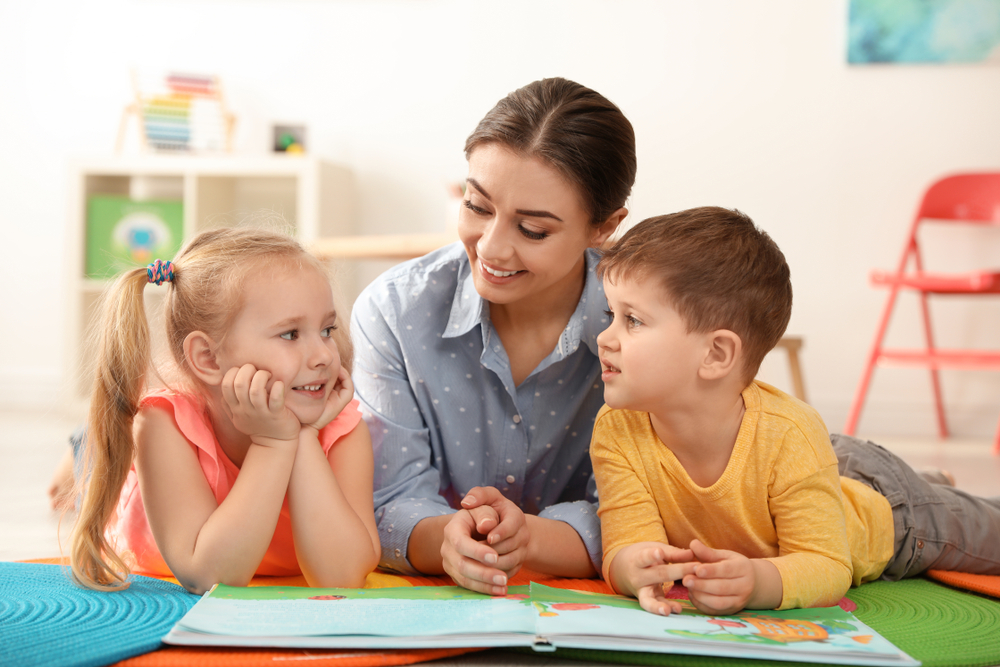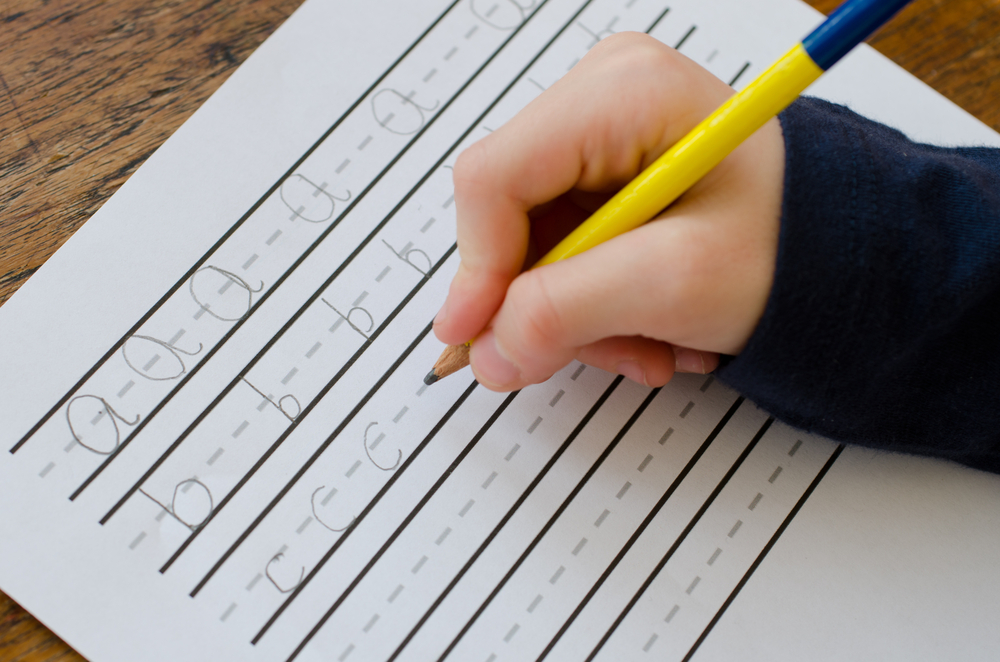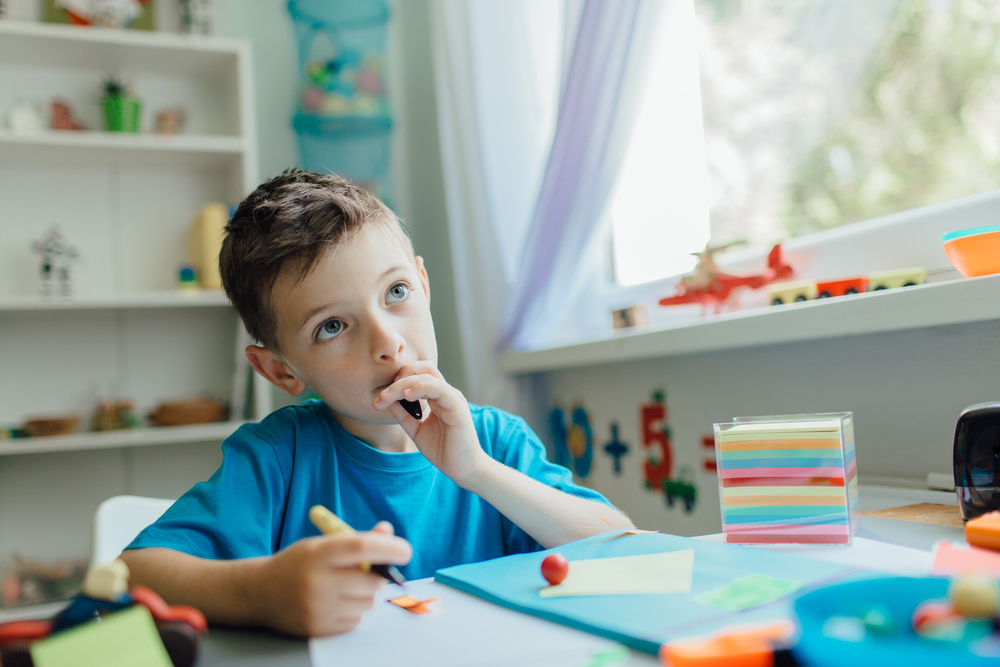Letter-sound recognition Normal Worksheets for Ages 3-7
4 filtered results
-
From - To
Enhance your child's pre-reading skills with our engaging Letter-Sound Recognition Worksheets, designed for ages 3-7. These expertly crafted worksheets help young learners connect letters with their corresponding sounds to build a strong literacy foundation. Each activity blends fun and education, featuring colorful illustrations and playful exercises that capture kids' interest while promoting early reading success. Ideal for both classroom and at-home learning, our worksheets support parents and educators in nurturing confident, successful readers. Explore the joy of learning with our Letter-Sound Recognition worksheets and watch your child's phonetic skills flourish!
Discover more on our Kids Academy page.
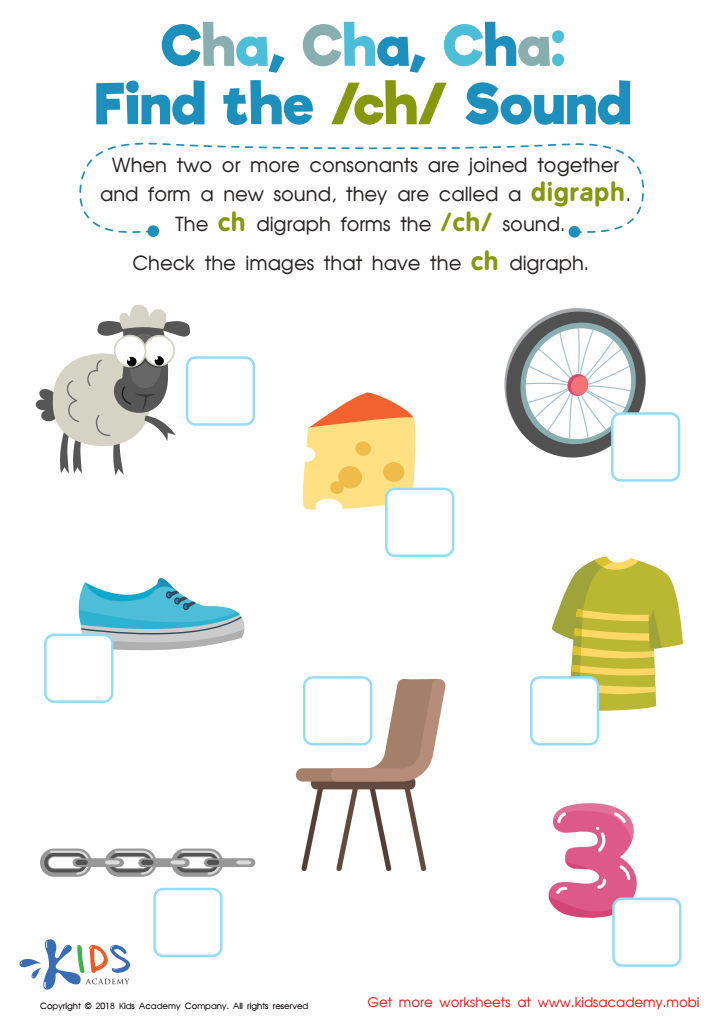

Cha, Cha, Cha: Find the /Ch/ Sound Worksheet
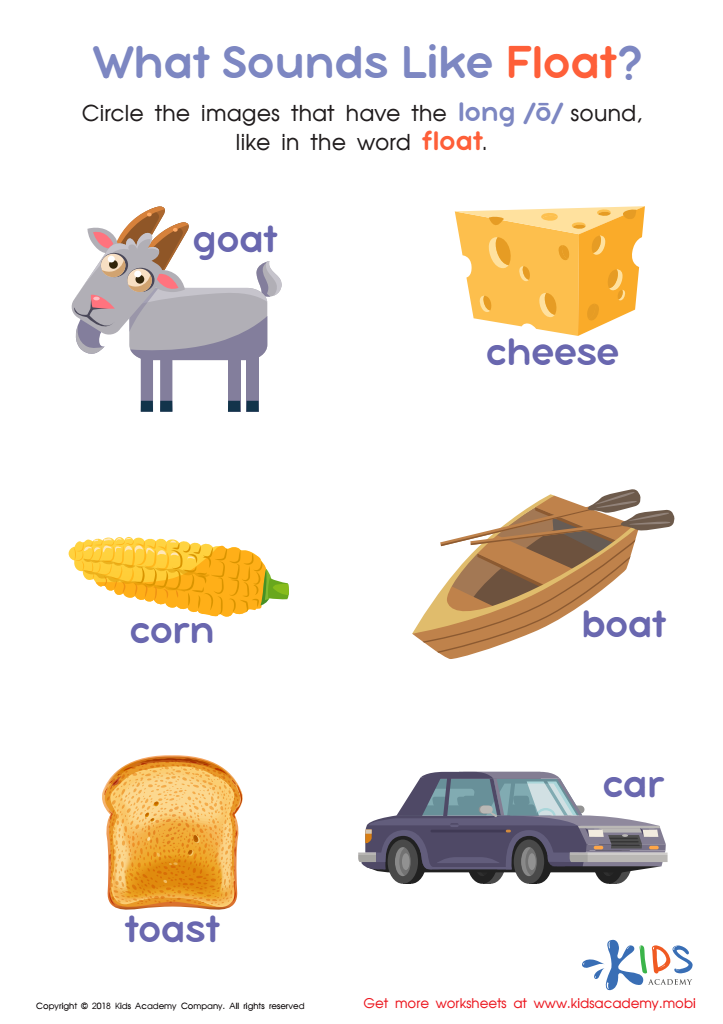

What Sounds Like Float? Worksheet
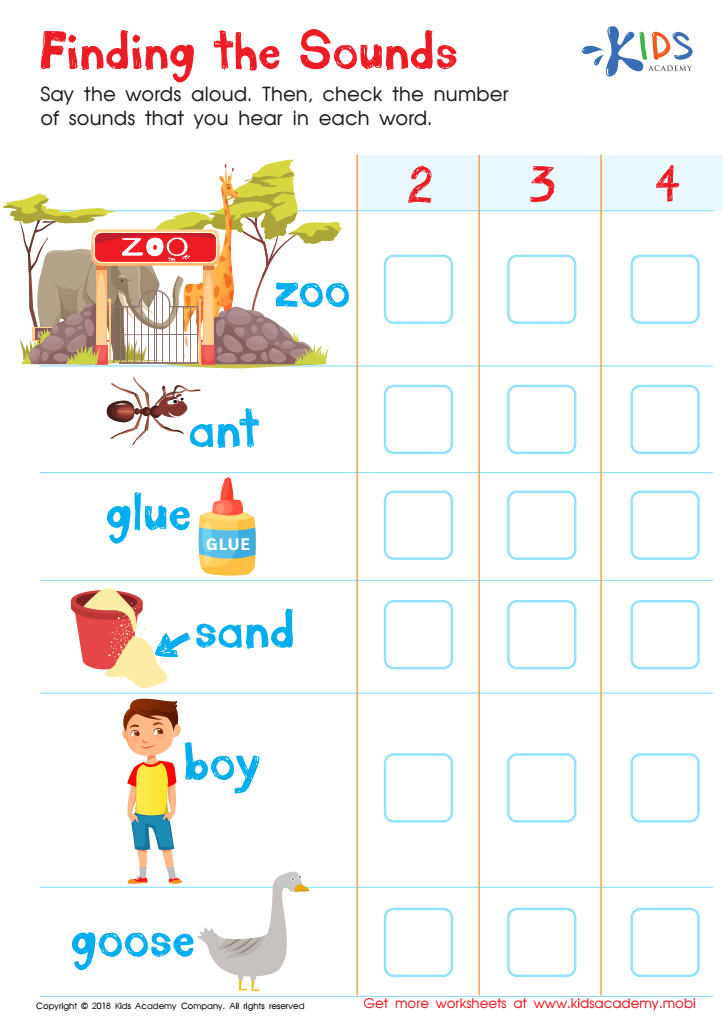

Finding the Sounds Worksheet
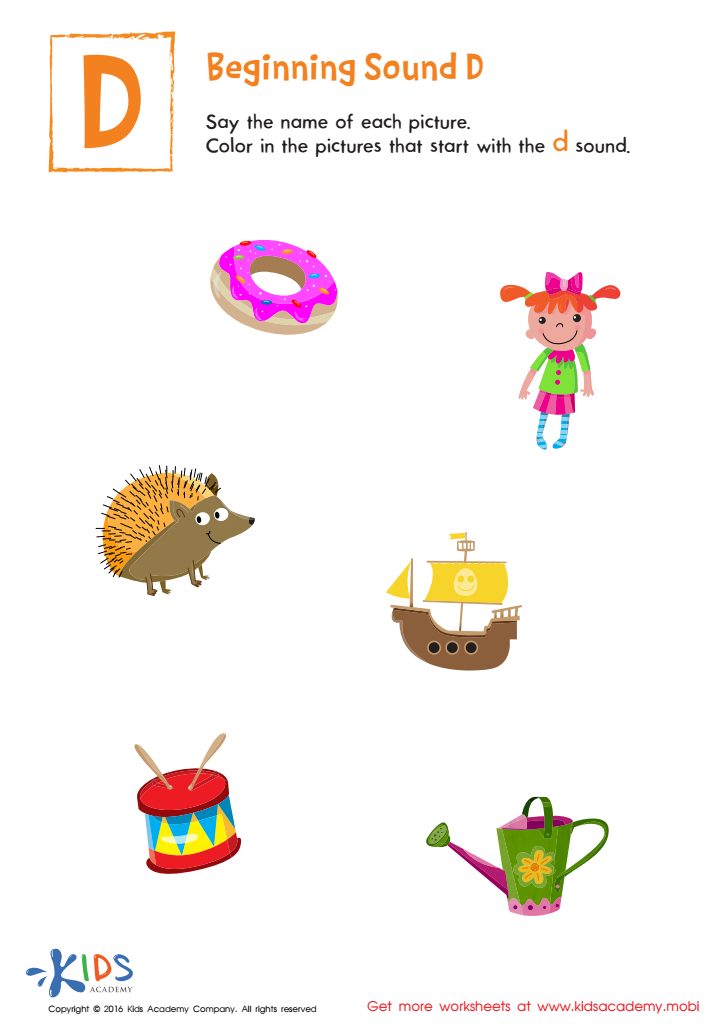

Beginning Sound D Worksheet
Letter-sound recognition is a critical foundational skill for children aged 3-7, pivotal in their journey to becoming successful readers and writers. When parents and teachers emphasize this skill, they are essentially helping children understand that letters represent specific sounds—a concept known as the alphabetic principle. Mastery of this principle is essential for decoding new words during reading and constructing words during writing.
For children in this age group, early proficiency in letter-sound recognition significantly boosts their reading fluency. As they learn to quickly and accurately associate letters with their corresponding sounds, they can begin to blend sounds together to form words. This automaticity reduces cognitive load, allowing young readers to focus on comprehension rather than being bogged down by decoding.
Beyond reading proficiency, strong letter-sound recognition also fosters better spelling skills. Understanding the relationship between letters and sounds helps children become more adept at spelling words accurately, which in turn reinforces their reading skills. This dual advantage—improved reading and writing—sets the stage for academic success across subjects.
Moreover, early literacy success can enhance a child's confidence and motivation to learn, creating a positive educational experience. Therefore, parents and teachers should prioritize letter-sound recognition to ensure a solid linguistic and academic foundation for young learners.
 Assign to My Students
Assign to My Students


